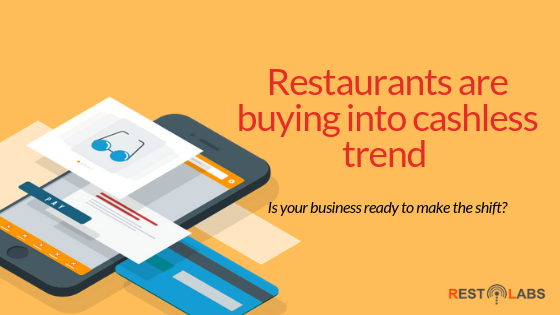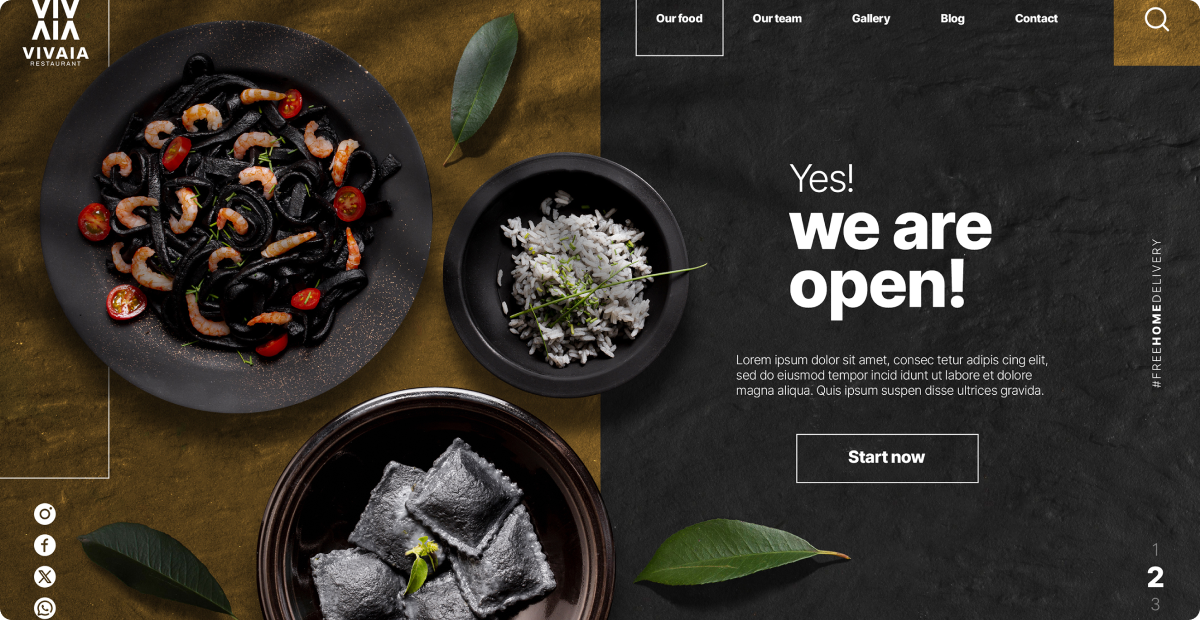Key Takeaways
The meteoric rise of online ordering is expected to grow at 15% every quarter. How we transact is changing too: mobile ordering and cashless transactions are now more prevalent, especially in the fast-casual segment of the restaurant industry. In fact, eWallets now accounts for more than half of online transactions for the convenience and security that they offer. Experts predict that the trend of going cashless will continue to grow as restaurants find clear benefit in implementing this tech-fueled system.
Inspired by the new technology, more eateries are now going cashless. Even the largest chains like Starbucks, Shake Shack and McDonald's are experimenting with cashless payment systems in many of their outlets, allowing customers to order, as well as pay via self-service kiosks. With many restaurants already processing around 90% of transactions on credit cards or mobile devices, the idea to shift from cash registers to contactless payments feels quite natural to most

Benefits of Running A Cashless Restaurant Business
Time-Saving
Ditching cash means more transparency, reliability, and security in the system. The restaurant industry has a very complex structure and eliminating cash payments free up employees to concentrate on other important matters of the business, such as kitchen and front-of-house hospitality. By not having to deal with cash, employees can perform 10% more transactions per hour. From a customer's point of view, they do not have to fiddle with the cash - ultimately reducing wait times and general friction.
Removing cash also prevents time wastage on counting the cash, buying change, and making a bank run. Such activities can be pretty demoralizing for the staff, especially when cash transactions don't balance. This often creates unnecessary rifts between the management and the staff handling the registers.
Increased speed of service
Let’s face it - people are in a hurry these days. Going completely cash-less tend to speed up customer transactions, especially for restaurants with long lines. Regardless of the system implementation strategy, the ability to place an order without having to struggle with the bills, loose change, and manual calculation has minimized the queues. It makes an exponential difference if employees at the cash register can save 15 or 20 seconds on extra transactions per order - eventually cutting the average service time in restaurants from 7 minutes to 2 minutes.
High customer satisfaction
Imagine going to a restaurant just to pick up a cup of coffee and finding a long queue at the cash counter! This is a very common scenario!. Probably, 8 in 10 people who line up at Starbucks every morning for their first cup of coffee can relate to this horror.
Now imagine, your customers dropping out to a nearby small coffee house to wave off the long delays. To combat such issues restaurants are now introducing self-service systems, digital ordering and mobile apps that enable consumers to choose faster payment options. Integrating online ordering with digital payment technologies allows customers to order ahead and pay at the same time as well as access rewards. It has also been observed that people who tend to order and pay online often end up overspending, which is good for the hospitality industry.
Surge in Online Orders
Now imagine the same person placing an online order at Starbucks for self-pickup and making the payment online. This is going to be even beneficial if the customer is getting late for an important meeting.
As the trend of digital transactions is gaining momentum, a lot of people are switching to online ordering in and takeaways. Thus, it is important that you integrate online ordering to run a cashless restaurant business. You can also utilize this channel for building strong customer relationship by carefully segmenting and automating targeted offers and reward systems.
It is worth to note that the biggest consumers of the restaurant industry are millennials and generation Z, and they're always on the run. For a generation for whom speed is of utmost importance, expecting them to carry dollar bills in their wallets, would be just unfair. It not only slows down the ordering process but also creates a bottleneck at the registers leading to an unnecessary delay that this generation just can’t afford. Consequently, the demand for alternative payment methods is rising to meet the needs of fast-paced consumers at the point of sale.
As with any shift in the industry, the cashless model will take some time for restaurants to adopt on a wider scale. For now, the landscape is gearing up for than just card payments. Restaurants are offering a wide range of payment options for online ordering.
What do you think? Will more restaurants jump on the bandwagon of no-cash policy? As more people than ever rely on digital payments, perhaps it’s only a matter of time that cashless might seem like the way of the future.
Frequently Asked Questions
Cashless operations reduce security risks, speed up transactions, and appeal to younger, tech-savvy customers who prefer digital payments.
You can prepare by investing in reliable POS systems, training staff on digital payments, and informing customers of the transition in advance.


.gif)




.png)



